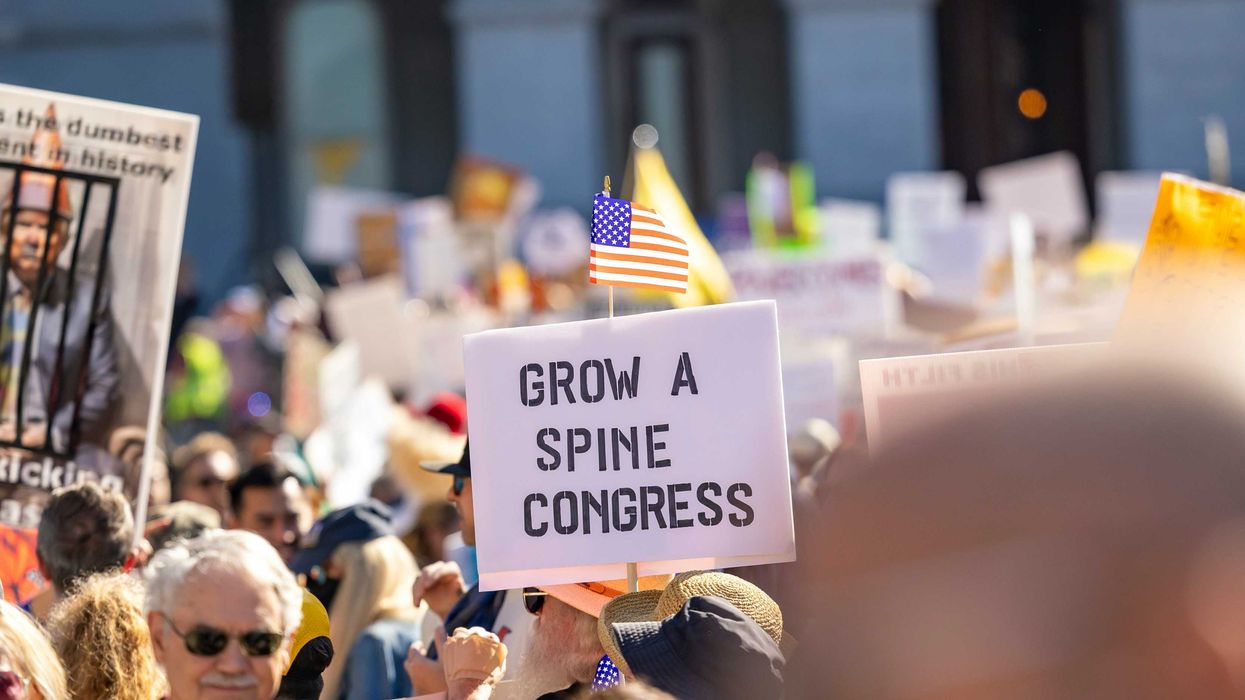Whitman is a former Republican governor of New Jersey and co-chair of the Forward Party.
The two dominant political parties in America don’t agree on much, but there is one thing they agree on: The system should be set up to help them maintain their power. From first-past-the-post voting and gerrymandering to limiting citizen-powered ballot initiatives, Republicans and Democrats have done their best to build a system that strips the power from the people and keeps it in the parties’ hands.
Voters are fighting back, however. And we will all be the better for it.
The headlines of the 2022 elections focused, of course, on control of the House, Senate and governors’ mansions. But the subhead — easy to miss — was a wave of reforms, particularly for ranked-choice voting. Nevada led the way, passing a ballot measure which will institute the practice across the entire state if it passes again in two years. Nine other cities and counties also voted on voting reform, with RCV passing in seven of them. If you factor in approval voting reforms that have passed — a similar change to our method of voting — more than 15 million Americans will be able to more freely express their politics through new and better election processes in the coming years.
With an 80 percent electoral success rate, it’s hard to imagine an issue more popular right now than citizen-powered reform. With all of the enthusiasm behind these reforms, you might think that the major parties would be clamoring to support them. Sadly, their desire to keep power to themselves is causing them to fight against these improvements. There’s only one national party working for reforms that empower the people and give them choice: the Forward Party.
In Connecticut, the Griebel Frank Party — part of the Forward Party Alliance — endorsed Democratic Gov. Ned LaMont after he came out in favor of RCV and said he’d support legislation implementing it in the state. In Nevada, a coalition of reformers, including many Forward in-state leaders, led the charge to pass the RCV ballot initiative.
Compare that with two states where the existing parties tried to use the initiative process itself to make electoral reform more difficult, or even impossible. In Arkansas, they tried to require a supermajority for ballot initiatives. In Arizona, the Legislature wanted the power to change or repeal these initiatives entirely. Both efforts were rejected by voters who cherish their right to self rule.
Unfortunately, in 24 more states — almost half the country — the parties have effectively ended the ability for citizens to lead reform through referenda or ballot initiatives. Reform is left entirely up to the people who are usually least interested in it — the elected leaders of the legacy parties.
Putting electoral reform on the ballot in those states means electing reformers to office. And to do that, we first must recruit them and put them on the ballot. Republican and Democratic leaders aren’t interested in that. The Nevada Democratic Party fought ranked-choice voting as stridently as the Alaska GOP has.
And so, if we want a new kind of politics across the country — a better politics — it can’t come from within the same staid parties that only work together when it protects their mutual power. They’ll band together to fight against returning choice and power to the American people. Reform has to come from outside the system — and that’s where the Forward Party comes in. The Forward Party will be the vehicle for true reformers to run for office.
And we will win.
We are building our state party infrastructures and getting access to the ballot in key states across the country. Forward candidates will be on the ballot in 2023, and we will embrace the reformers who get tossed aside by the existing parties as a threat to their stranglehold on our political processes.
Republican and Democratic party leaders would like you to think that there is no better way than the status quo. But America is waking up from that deterministic thinking. Many things define a Forward Party member, but perhaps the most fundamental trait is that we won’t stop looking for a better way to get things done.
That is our calling now: to take off the blinders and examine in earnest the system that has brought us to this era of discontent and discord. And then, just as countless brave Americans before us have done, get to the work of making a better, freer, more equitable system. Let’s undertake that patriotic work together, starting today.



















